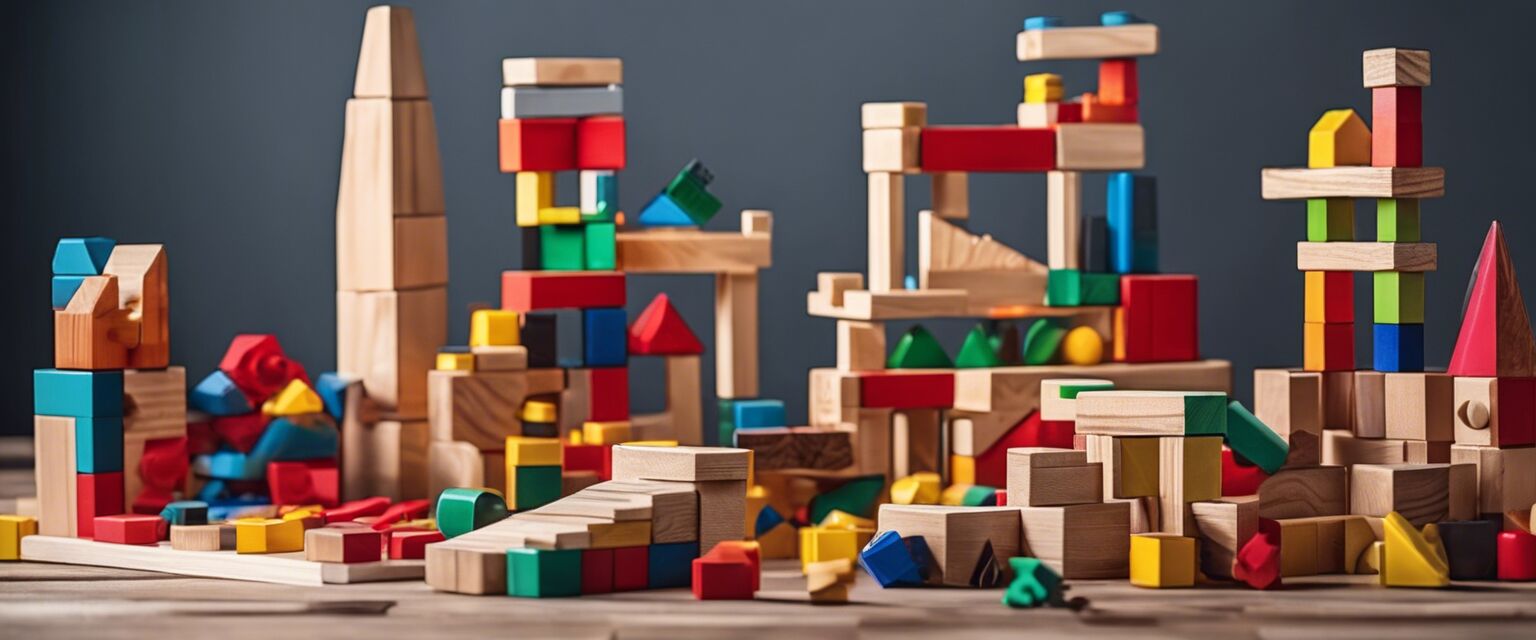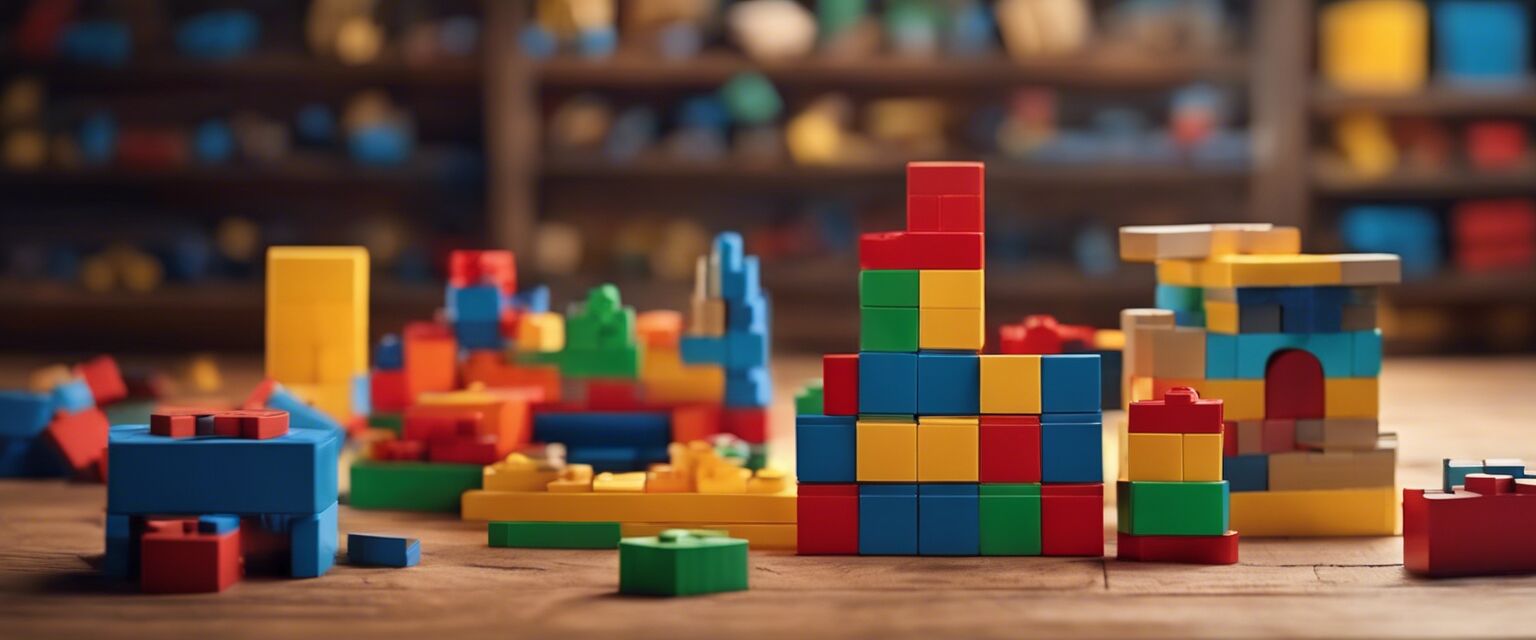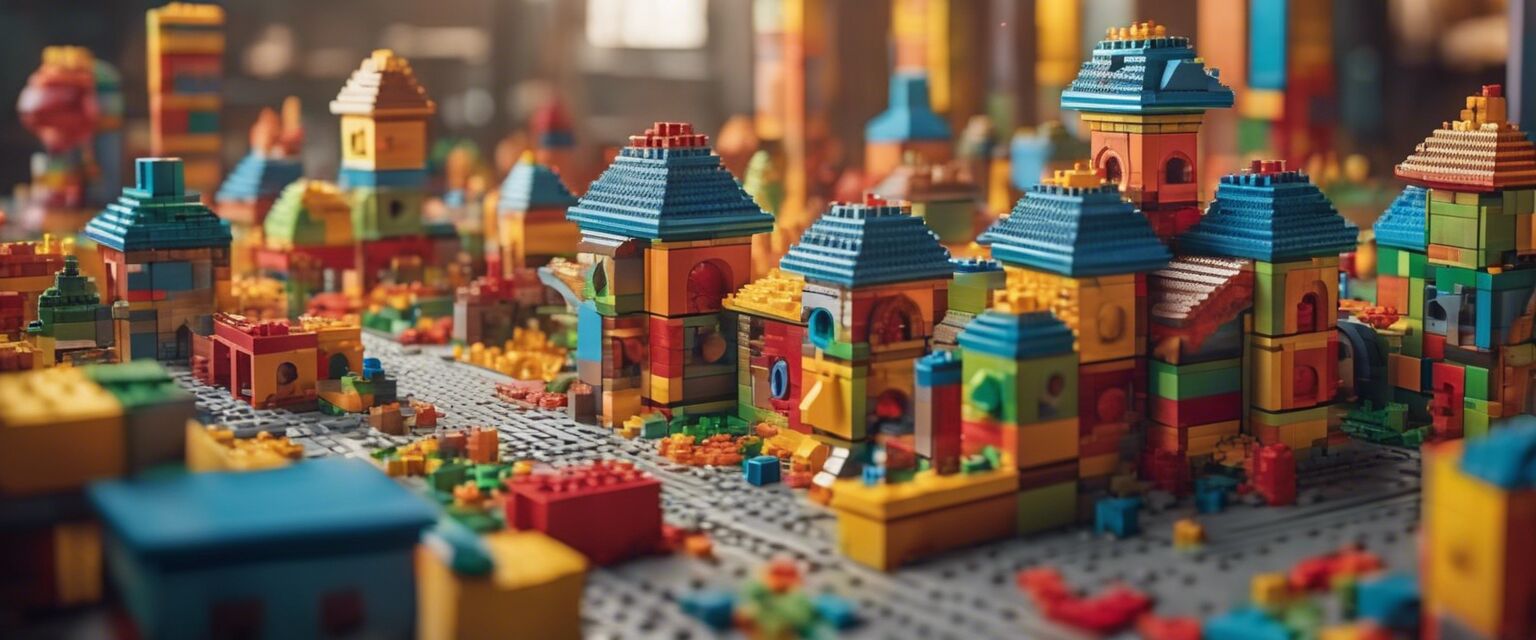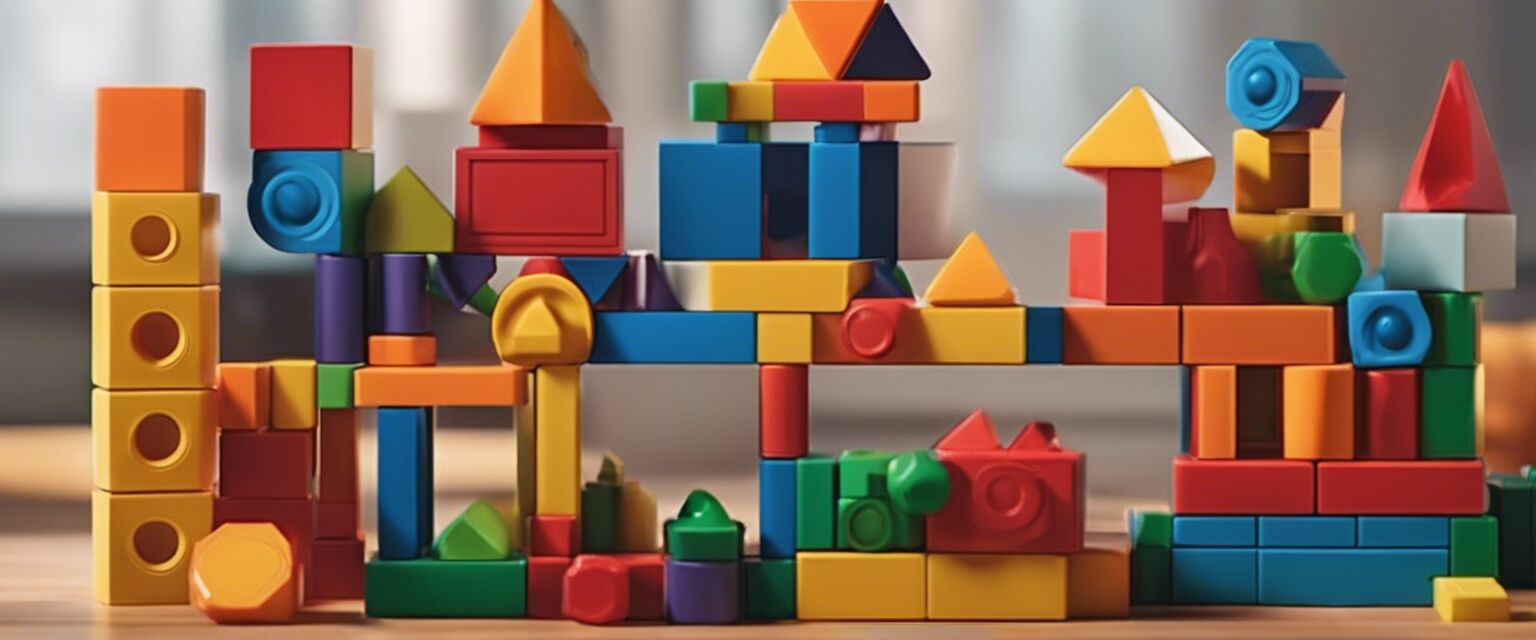
Safety Tips for Building Block Play
Key Takeaways
- Always supervise young children during play.
- Choose age-appropriate building block sets.
- Regularly inspect blocks for wear and tear.
- Educate children on safe play practices.
Building blocks are a fantastic way for children to explore their creativity and develop essential skills such as problem-solving, fine motor skills, and spatial awareness. However, ensuring a safe play environment is crucial to prevent accidents and injuries. In this article, we will discuss important safety tips for building block play to help you create a fun and safe experience for your little ones.
Understanding the Importance of Safety
Safety should always be a priority when it comes to children's playtime. Building blocks can present certain risks, especially for younger children. By following safety guidelines, parents and guardians can minimize these risks and enhance the overall play experience.
Common Risks Associated with Building Blocks
- Choking hazards from small pieces
- Injuries from falling blocks
- Sharp edges or points on damaged blocks
Safety Tips for Building Block Play
1. Supervision is Key
Always supervise children while they play with building blocks, especially if they are very young. This ensures that they are using the blocks safely and prevents any accidents.
2. Choose Age-Appropriate Sets
When selecting building blocks, itâs vital to choose sets that are suitable for your childâs age group. Many brands provide recommendations based on age.
| Age Group | Recommended Building Block Types |
|---|---|
| 1-3 years | Soft blocks, large-sized blocks |
| 4-6 years | Classic building sets, themed block sets |
| 7+ years | Architectural model kits, mechanical building sets |
3. Regular Inspection of Blocks
Periodically check the building blocks for any signs of wear and tear. Look out for:
- Cracks or chips in the blocks
- Loose parts that can pose a choking hazard
4. Educate Children on Safe Play Practices
Teach children to play safely with building blocks. Discuss the importance of:
- Not throwing blocks
- Building stable structures
- Not climbing on high towers
5. Establish a Safe Play Area
Designate a safe space for building block play. Ensure:
- The area is free from hazards
- There is enough room for children to play without bumping into furniture
Choosing the Right Building Blocks
When selecting building blocks, consider the following factors:
| Type of Building Blocks | Material | Safety Rating |
|---|---|---|
| Classic Building Sets | Plastic | High |
| Wooden Blocks | Wood | Medium |
| Soft Blocks | Foam | High |
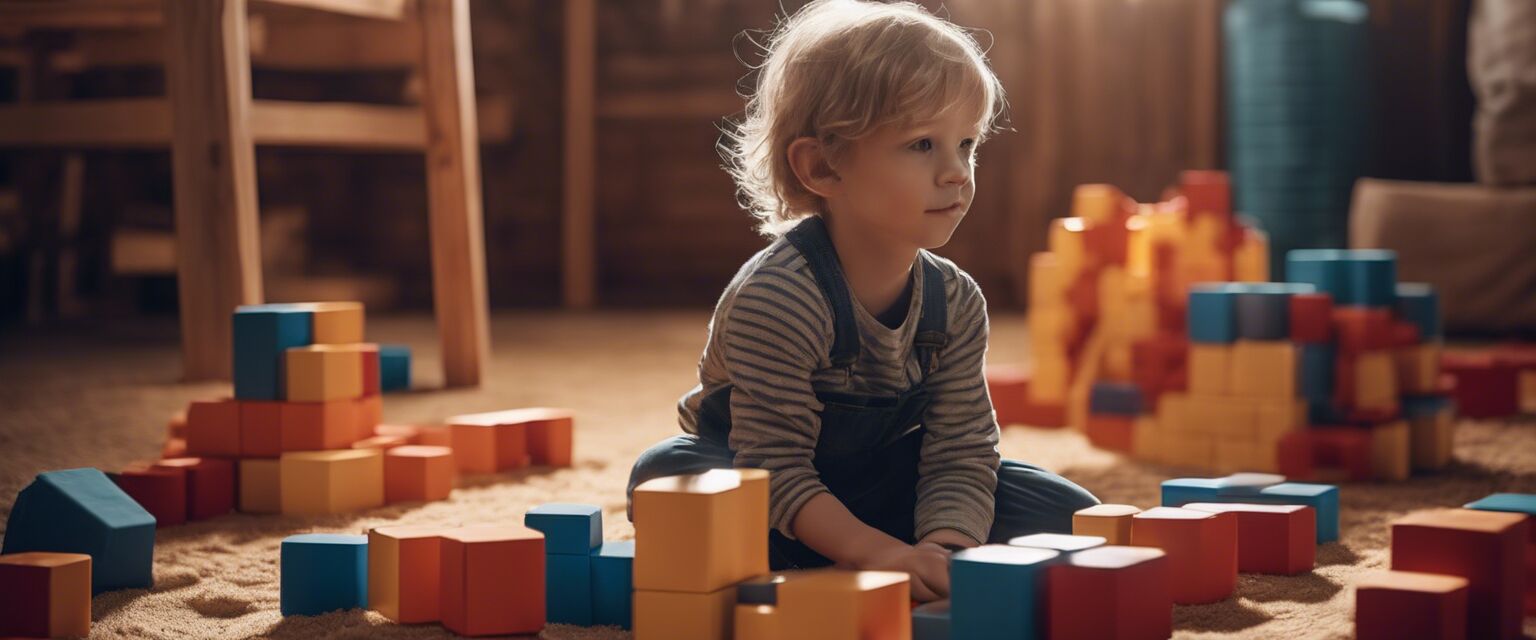
Conclusion
By following these safety tips, you can create a safe and enjoyable environment for your children to explore their creativity through building blocks. Remember to always supervise their play, choose age-appropriate sets, and regularly inspect the blocks for safety. With these measures in place, building block play can become a fun and enriching activity for children.
Tips for Beginners
- Start with a small set of blocks to avoid overwhelming your child.
- Encourage imaginative play by suggesting themes or structures.
- Join in the playtime to create bonding moments and teach safety.
Pros
- Encourages creativity and imagination.
- Helps develop fine motor skills.
- Promotes problem-solving abilities.
Cons
- Potential choking hazards for small children.
- Can lead to frustration if blocks don't fit together easily.
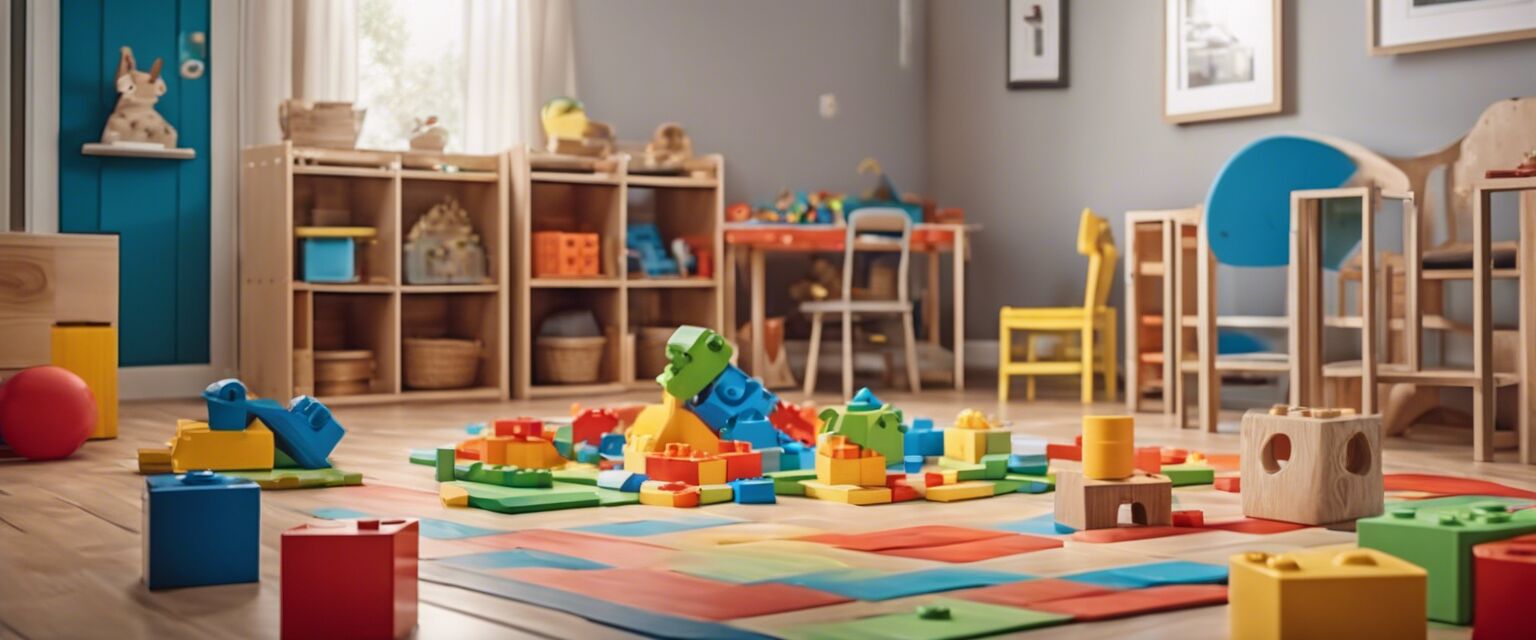
Further Reading
For more information on building blocks and their benefits, check out our other articles:
- Classic Building Sets
- Educational Building Kits
- Thematic Block Sets
- Fantasy Block Worlds
- Mechanical Building Sets

